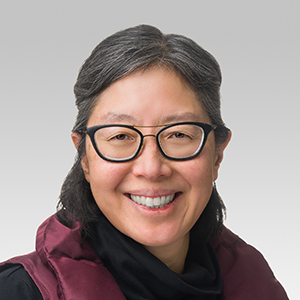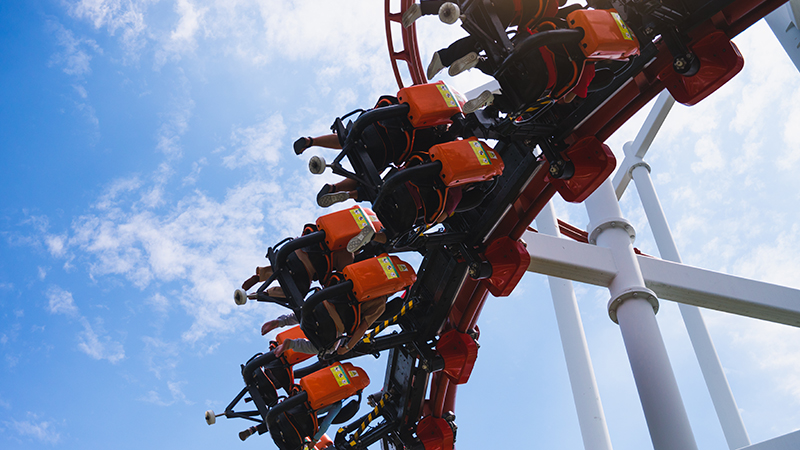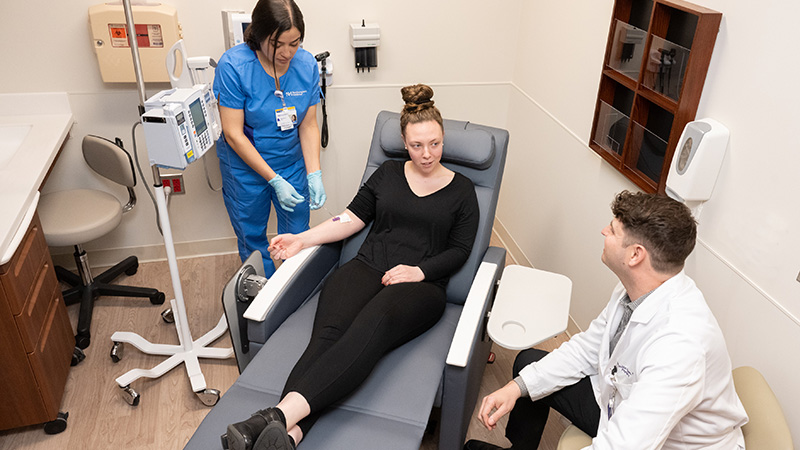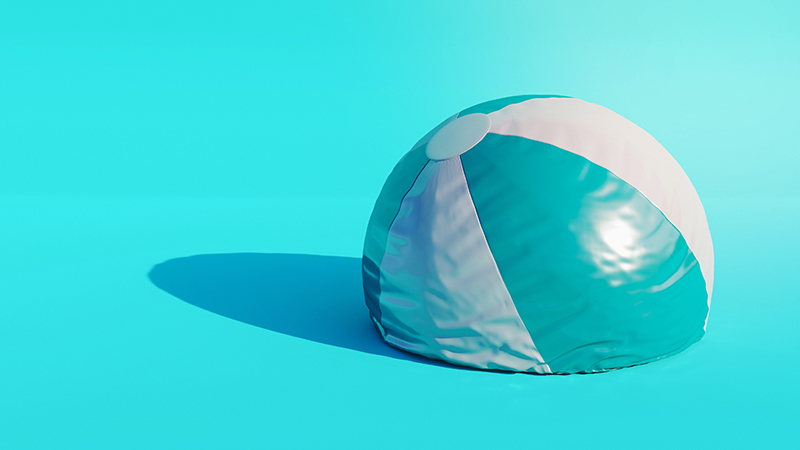Shining Light on Mental Health as Seasons Change
The Impact of Light Therapy
Updated August 2022
Seasonal affective disorder (SAD) may affect millions of people in the U.S. During a time when mental health issues have risen and social isolation continues to take a toll, the change of seasons can amplify feelings of depression.
“There is no compelling evidence pointing to an exact cause for seasonal affective disorder,” says Northwestern Medicine Psychiatrist Dorothy K. Sit, MD. “It could be that when the days get shorter, your sleep pattern misaligns with your internal clock, or it could be related to serotonin, a chemical in the brain that helps regulate mood.”
While the days start to get shorter and darker, one way to brighten up your life is to invest in a “happy lamp.” Light therapy can be an easy and effective way to combat seasonal depression, and it’s becoming more common for managing mental health year-round.
“Historically, light therapy is used for SAD, but we continue to explore its uses for bipolar disorder and major depressive disorder,” says Dr. Sit. “It’s a powerful treatment in our arsenal of treatment options for these disorders that present differently in each individual.”
It’s a powerful treatment in our arsenal of options for these disorders.— Dorothy K. Sit, MD.
Light Therapy for SAD
Light therapy involves taking in doses of artificial light from a bright light box. There is no one-size-fits-all version of light therapy. The time spent in front of the bright light, when you use your light box, how closely you sit to it and the intensity of the light will vary based on your needs.
Light therapy is widely believed to help regulate your circadian rhythm, which takes cues from natural light to help govern your sleep-wake cycle. Some research indicates that people with SAD have reduced sensitivity to light year-round; their retinas, the part of the eye that takes in light, trigger a weaker response to light in the brain compared to most other people.
To try light therapy for SAD, Dr. Sit suggests starting with the following protocol:
- Use a 10,000-lux light box
- Strive for 30 minutes of therapy per day
- Use the light during the afternoon or evening if possible
- Set the light two to three feet away from you at an angle
- Do not stare into the light directly
- Use a full-sized box, which is about the size of a computer screen
- Record how you feel while using the light
- Stop using the light if it begins to negatively affect your mood (you feel agitated or anxious)
Light Therapy for Bipolar Disorder
Bipolar disorder is a psychiatric disease characterized by changes in mood, energy and function. People with bipolar disorder may experience episodes of mania, during which they may feel elated, euphoric, impulsive, energetic and even more willing to engage in dangerous behavior.
“Mania can devastate someone’s relationships and finances,” says Dr. Sit.
Mania can cycle into a depressive episode, during which someone may feel hopeless and helpless, with low energy. “Depressive episodes are characterized by enduring low mood for two weeks or more, resulting in withdrawal and isolation,” adds Dr. Sit.
Dr. Sit has published multiple studies on using light therapy for bipolar disorder through the Northwestern Medicine Asher Center for the Study and Treatment of Depressive Disorders. However, she says, “we still don’t know the exact mechanism behind why light therapy works for some people with bipolar disorder or unipolar major depression.”
Although scientists don’t quite understand why it works, light therapy has illuminated some dark corners missed in many treatment plans for people with bipolar disorder. In combination with other treatments, research suggests light therapy can be an effective treatment in reducing bipolar depression.
“There’s much clinical research and pharmaceutical discovery related to treating mania. However, many patients were left with recurring depression,” says Dr. Sit. “One option was an antidepressant medication, but many people didn’t want to add another medication to the mix.”
Light therapy can be a beacon for these people. When tailored to an individual’s needs, this therapy has fewer side effects, is affordable, is easy to use and can provide rapid relief from symptoms of depression. Light therapy can start working in three to four days, whereas antidepressants may take months to begin improving mood.
For treating depressive episodes of bipolar disorder or major depressive disorder, light therapy should be used under the supervision of a psychiatrist. If you have a mood disorder and don’t currently see a psychiatrist, talk to your primary care physician for a referral.






